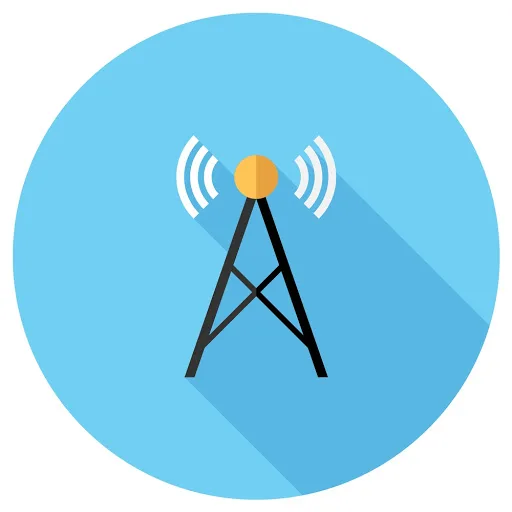If you have questions about a Miami BDA system, you came to the right place. Just remember – even though you’ll know a lot more about BDA systems by the end of this blog, you still won’t be able to outsmart our expert technicians, and we’re (not really) sorry about that.
A Miami BDA system, or bi-directional amplifier system, is a signal-boosting solution that can enhance radio frequency for public safety radios inside buildings. This means that in an emergency situation, communication devices will still receive signals in hard to reach areas like basements, storage rooms, stairwells, and across multiple floors.
Let us put it this way. There are probably a few people you never, ever want to talk to again. But if you have a BDA system installed, and they’re on the radio, there’s no escape. We’re not trying to scare you, our Miami BDA system is just that good.
So now that you know what a BDA system is, and what it does, we’ll answer some more of your questions.
Do I Need A Miami BDA System?
Any BDA system can work hand in hand with your commercial fire alarm system. In fact, most BDA systems are purchased and installed at the same time as fire alarm systems. Just like your building’s fire alarm, BDA systems need to be regularly inspected by certified Fire & Life Safety professionals to ensure compliance with NFPA standards and local safety regulations.
What Parts Make Up A BDA System?
The BDA system in your building has the following components:
- A bi-directional amplifier, which amplifies the radio frequencies in two directions at the same time.

- A dedicated monitoring panel, which will monitor the quality of the radio signals.
- A battery backup, because you can never be too prepared in an emergency situation.
- A Distributed Antenna System, or DAS, which is a network of antenna nodes that are connected to the bi-directional amplifier via coaxial cable.
Does My Entire Property Need 100% Coverage?
Although this may surprise you, the answer is no. Per NFPA 72 Section 24.5.2.2.1 through 24.5.2.2.2 requirements (say that five times fast), critical areas like fire command centers and pump rooms, exit stairs, passageways, and elevator lobbies must maintain 99% floor area radio coverage, while the general areas of the building should have 90% floor area radio coverage.
Do I Need DynaFire To Install My BDA System?
You look pretty intelligent, so we think you already know the answer to this one. But we’ll tell you anyways. You definitely need DynaFire to install your BDA system.
Our technicians are FCC GROL certified. And no, we didn’t just make those acronyms up. FCC stands for Federal Communications Commission, and GROL stands for General Radiotelephone Operator License. This means that we know a lot about your emergency communication system, and you definitely want us on your side.
So if you’re ready to get the best radio coverage in existence, contact DynaFire, and let us bring our Fire & Life Safety expertise to you.






